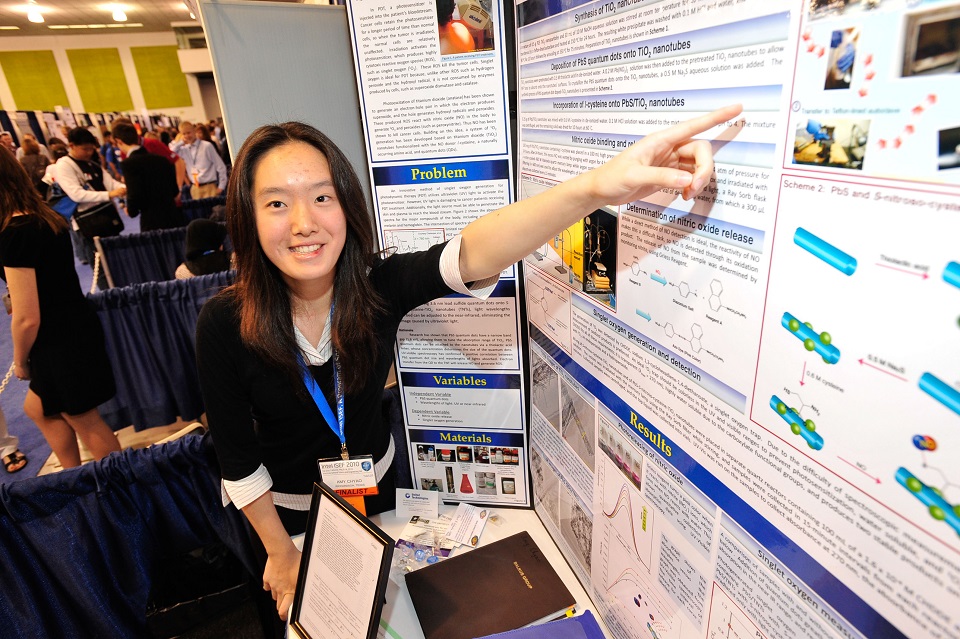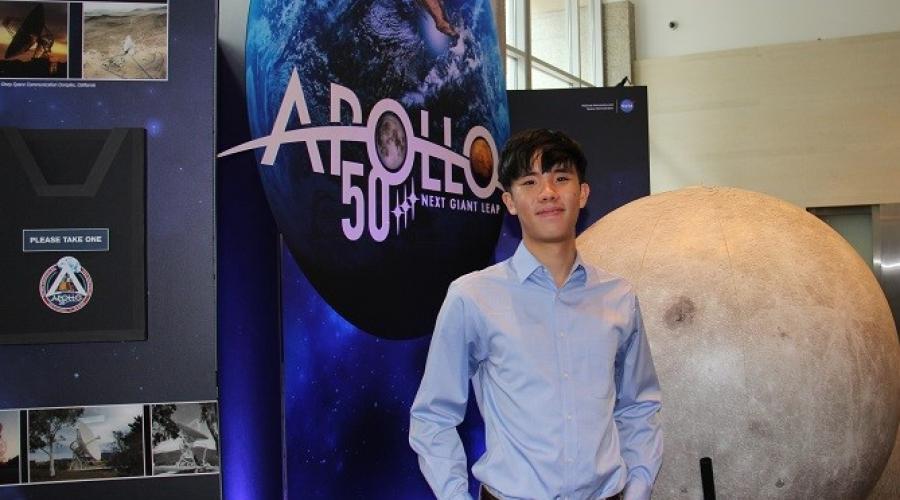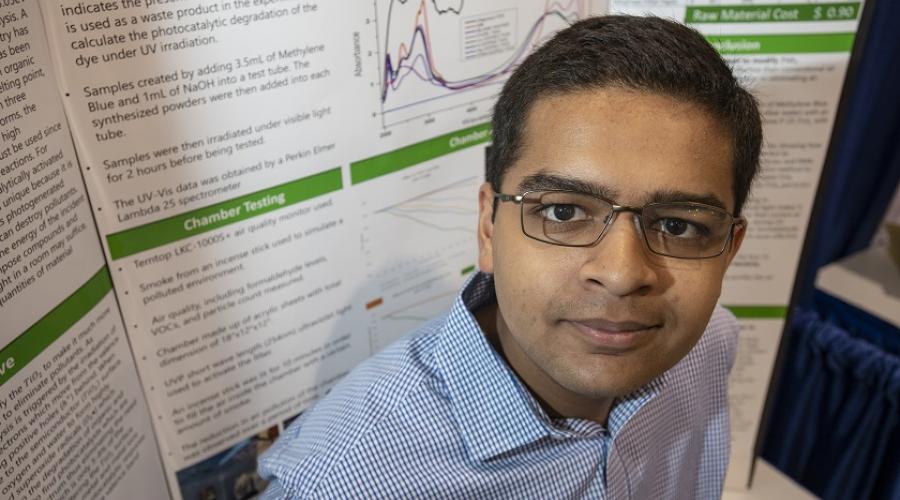Intel ISEF 2011 Symposia: Educators Share and Discuss Ideas for Funding Competitive Science
By Ashley Ivins, 2010 SSP Fellow
Kristin J. Gregory spoke to a packed house of educators and sponsors on the success of the science department at West Geauga High School in procuring funding for student research projects. Kristin is the department head and faces the same challenge that many high schools face, how to do high quality hands-on science on a “shoestring” budget. Tasked with the job of providing resources for eight faculty serving approximately 900 students with a budget of just $3,000 for the year, Kristin had to look for outside resources. Her presentation began with an overview of three key points: People, Programs, and Partnerships. Kristin immediately cautioned her eager audience: “I could also say Patience, Persistence, and Priorities because we’ve had to work 6-10 years for some of our programs.”
The three Ps (each set combined) have apparently paid off for West Geauga because the prestigious Intel Schools of Distinction Award recently named the school as a finalist. Kristin began with the point of “People,” otherwise known as the faculty of her department. As educators know, the quality of the teachers is important to the success of any good program. West Geauga has a mixture of professionals, some who originally came from other industries and therefore brought unique skills and connections to her dynamic teaching staff. She was quick to point out that “it’s your connection with kids that makes the difference” as she emphasized the importance of building relationships with youth.
Kristin shared some of the many exciting projects in her school such as those by the two Intel ISEF Finalists. One project, coined “IDLE” involved a student monitoring air quality in areas around the school where people commonly sat in their cars waiting to pick up students. The project resulted in “No Idle Zones” to improve air quality for students and staff. Kristin was quick to point out that West Geauga is a “fledgling” program, still working to build and grow in the area of student research, a point that appeared to resonate throughout an audience facing similar challenges. The social activism element in her student’s projects was echoed in the “salamander project” in which students petitioned Ohio state legislators to make the salamander, a species indicative of environmental health found throughout the state, officially the state amphibian. Despite opposition from people who advocated giving the bullfrog that distinction instead, they were successful!
In addition to the core courses required for state testing, Kristin’s team decided to get creative with electives. West Geauga offers several honors courses: Physics II, Chemistry II, Biology II, and AP Biology, and also offers two courses Kristin referred to as “intriguing topics:” Forensic Science and Environmental Science. It was their goal to offer interesting courses to “encourage students to stay in science beyond the requirements for graduation.” They also offer a wide range of clubs, extracurricular activities, and field trips to “interest students and keep them involved.”
Kristin concluded by speaking about perhaps the most important aspect of growing a high school science program: partnerships. At West Geauga, a local Kiwanis organization sponsored the science fair. This major partnership allows the teachers to focus on recruiting and mentoring students in research while the volunteers raise money and handle the logistics for the local science fair. Partnerships such as the one with the Kiwanis organization and other local foundations have also allowed Kristin and her team to focus more on quality instruction while allowing the community to have interaction with the students. The program has been so successful that science fair participation has grown from 25 participants when they began to more than 300 (projects are not required but some teachers do offer extra credit). There are also events, such as the mousetrap car, bridge building, or popular junk box wars held in conjunction with the science fair, that bring in students who want to get involved but don’t want to do an individual research project. West Geauga has also been successful in several grant applications as well as other solicitations; Kristin credits some of this success to good publicity, saying “let the community know what you are doing,” and being quick to send thank you letters with photos.
While it’s great that Kristin and her team have been so successful, what does this mean for the rest of us? When a teacher asked “who do I ask for funding where I live?”—a question that was probably running through the minds of many—the ensuing discussion brought up many great suggestions. Kristin said that some of her sponsors “found us” when they saw the great publicity about the exciting things that students were doing. She suggested starting by going “where the science is.” Examine your community and surrounding areas looking for science related industry and just start asking. When you get success, give credit to your new sponsors and be quick with a sincere and professional thank you.Audience members also suggested listening to local NPR broadcasts for their sponsors and looking at local universities for their major donors.
Despite the seemingly glum outlook for educational funding, if educators are willing to get creative and outgoing, there is funding available. Kristin said it well when she said “it’s like a diet and exercise plan really. Make a list, set some priorities, and set some goals.”


